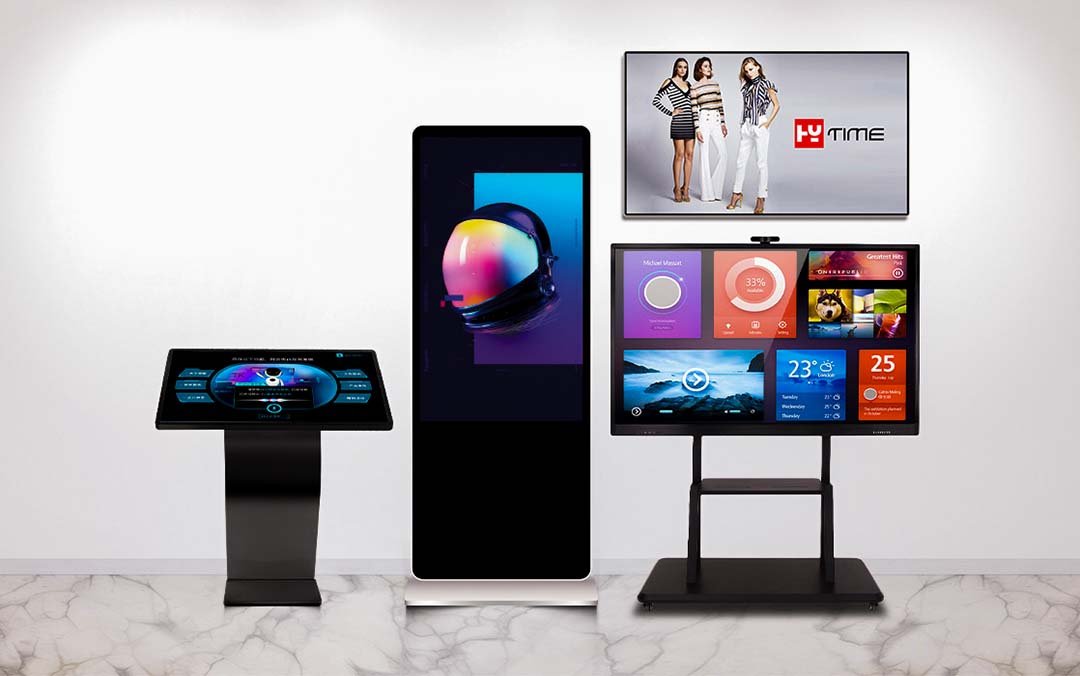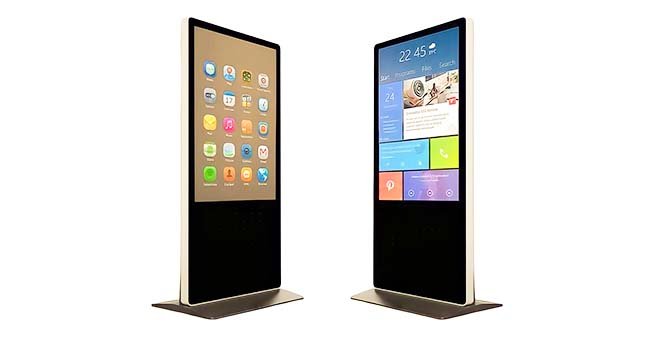Digital Signage: The Future of Marketing and Communication
Introduction
In today’s fast-paced world, where information flows ceaselessly and attention spans are shrinking, the need for captivating and dynamic communication has never been more critical. Enter digital signage, a revolutionary medium that has redefined how we share information, advertise, entertain, and engage with our surroundings. In this article, we’ll delve into the captivating world of digital signage, exploring its versatility, impact, and its role in shaping modern communication.
The Evolution of Digital Signage
Digital signage represents the evolution of traditional static signs. It’s a form of electronic display that uses technologies such as LED, LCD, or projection to showcase content that can be updated and managed remotely. Over the years, digital signage has transcended its initial applications, from simplistic LED tickers to immersive, interactive displays that have found their place in various sectors.
Versatility in Every Niche
One of the most compelling aspects of digital signage is its versatility. It knows no boundaries, making its mark in various industries. In the retail sector, digital signage transforms shopping experiences, from eye-catching window displays to in-store promotions that engage customers like never before. In healthcare, digital signage enhances patient experiences, offering real-time updates, directions, and important health information. In the corporate world, it elevates boardroom presentations, making them more interactive and memorable.
Digital Signage in Education
Digital signage is making its mark in education, too. Schools and universities are embracing this technology to create dynamic learning environments. Interactive touch screens, video walls, and digital bulletin boards have become essential tools for disseminating information, engaging students, and enhancing the learning process. Teachers can now bring lessons to life with multimedia content, and students can access critical announcements with a glance.
Entertainment Beyond the Screen
The entertainment industry has also embraced digital signage with open arms. Movie theaters now use digital displays to showcase showtimes and film trailers, creating anticipation and excitement. In the hospitality sector, digital signage transforms the guest experience, from check-in kiosks to in-room displays offering information and entertainment options. It’s not just about screens; it’s about creating memorable experiences.
The Power of Interactivity
Interactive digital signage takes engagement to a whole new level. Touchscreen kiosks and displays invite users to interact directly with content, whether it’s exploring a restaurant’s menu, navigating a museum exhibit, or providing feedback in real time. This two-way communication fosters a sense of involvement and personalization, leaving a lasting impression.
Dynamic Content Management
Unlike traditional static signage, digital signage offers the flexibility to manage and update content remotely. Whether you have a single display or a network of screens across the globe, you can control what’s shown when and where. This real-time flexibility is a game-changer for businesses and organizations, allowing them to respond to changing circumstances and keep their content fresh and relevant.
Data-Driven Decision Making
Digital signage isn’t just about delivering messages; it’s also a valuable source of data. By collecting information on user interactions, content effectiveness, and foot traffic, organizations can make informed decisions about their messaging strategies. This data-driven approach empowers businesses to refine their content and maximize its impact.
The Future of Digital Signage
As technology continues to advance, the future of digital signage looks incredibly promising. We can expect even more interactive and immersive displays, with augmented reality (AR) and virtual reality (VR) integration becoming commonplace. Furthermore, as sustainability becomes a priority, energy-efficient and eco-friendly displays will take center stage.
Conclusion
Digital signage has transcended its initial role as a mere display medium; it has become a powerful tool for communication, engagement, and creating unforgettable experiences. Its adaptability, interactivity, and ability to deliver dynamic content have made it indispensable in various industries, from retail and healthcare to education and entertainment. The future holds even greater potential, as technology continues to evolve and innovate.
In a world where capturing attention and conveying messages is a constant challenge, digital signage stands as a beacon of innovation, transforming spaces, and amplifying messages with its captivating presence. As businesses and organizations seek more impactful ways to communicate and engage, digital signage remains at the forefront, shaping the future of modern communication. Embrace the power of digital signage, and watch your messages come to life in ways you never thought possible.







